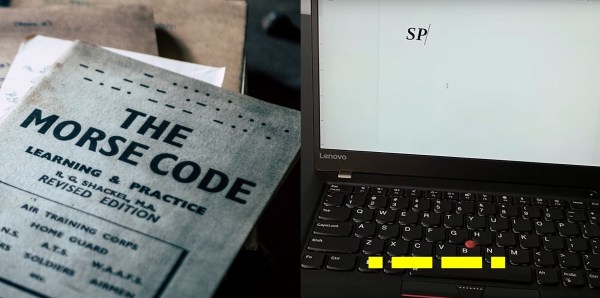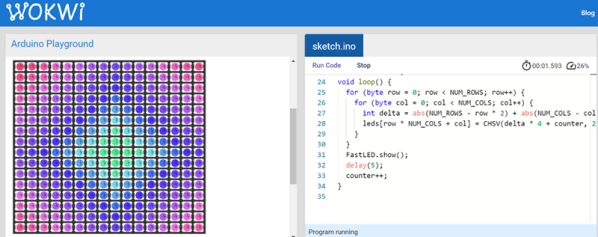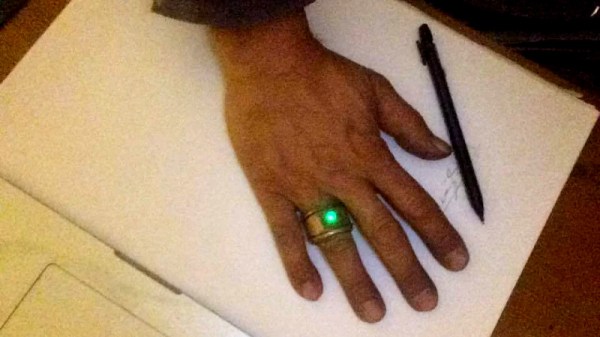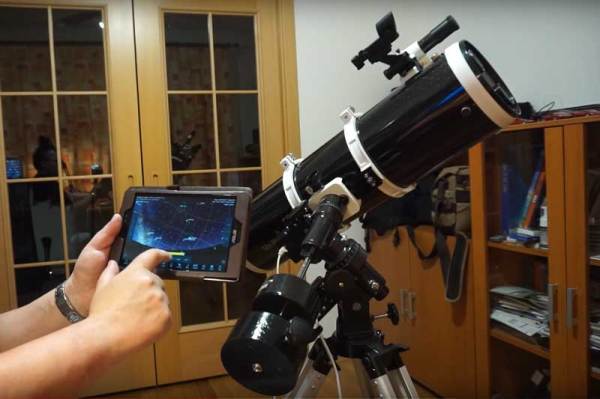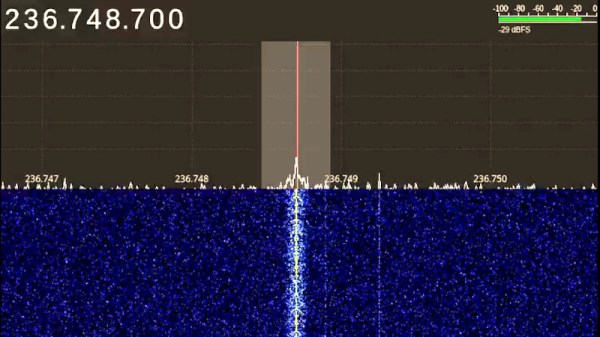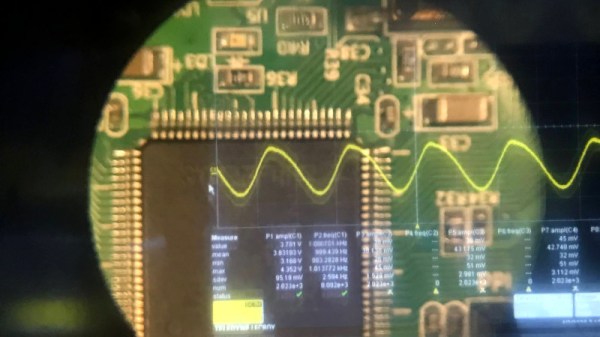Do you sometimes feel that your custom mechanical keyboard is not quite loud enough to proclaim your superior hacking powers? Or do you need a more forceful way shout in all caps at someone who is wrong on the internet? For all this and more, [Jesse Li] has got you covered, with a set of bash scripts that allows you to type by slamming your laptop closed repeatedly, using Morse code.

The scripts are quite simple, and work receiving the lid open/close events from ACPI (Advanced Configuration and Power Interface), recording the open and close timestamp and converting the timing to dots and dashes. After slamming to the required rhythm, you keep the lid open to see the character appear.
Why would want this? Well, you can now type the letter E by closing your laptop, instead of locking it. Maybe use it to send an emergency message while you’re being held by terrorists in a B-grade action movie. Otherwise, we think this is just an entertaining little hack that’s probably the product of quarantine induced boredom.
Morse code, otherwise known as CW, is still in surprisingly widespread use by ham radio operators, because it’s good at getting messages across intercontinental distances when signal conditions are bad and CW-only ham radio gear is cheap and easy to build yourself. We’ve also covered the Koch Method of learning CW, so don’t be afraid to dabble a bit during the quarantine.

